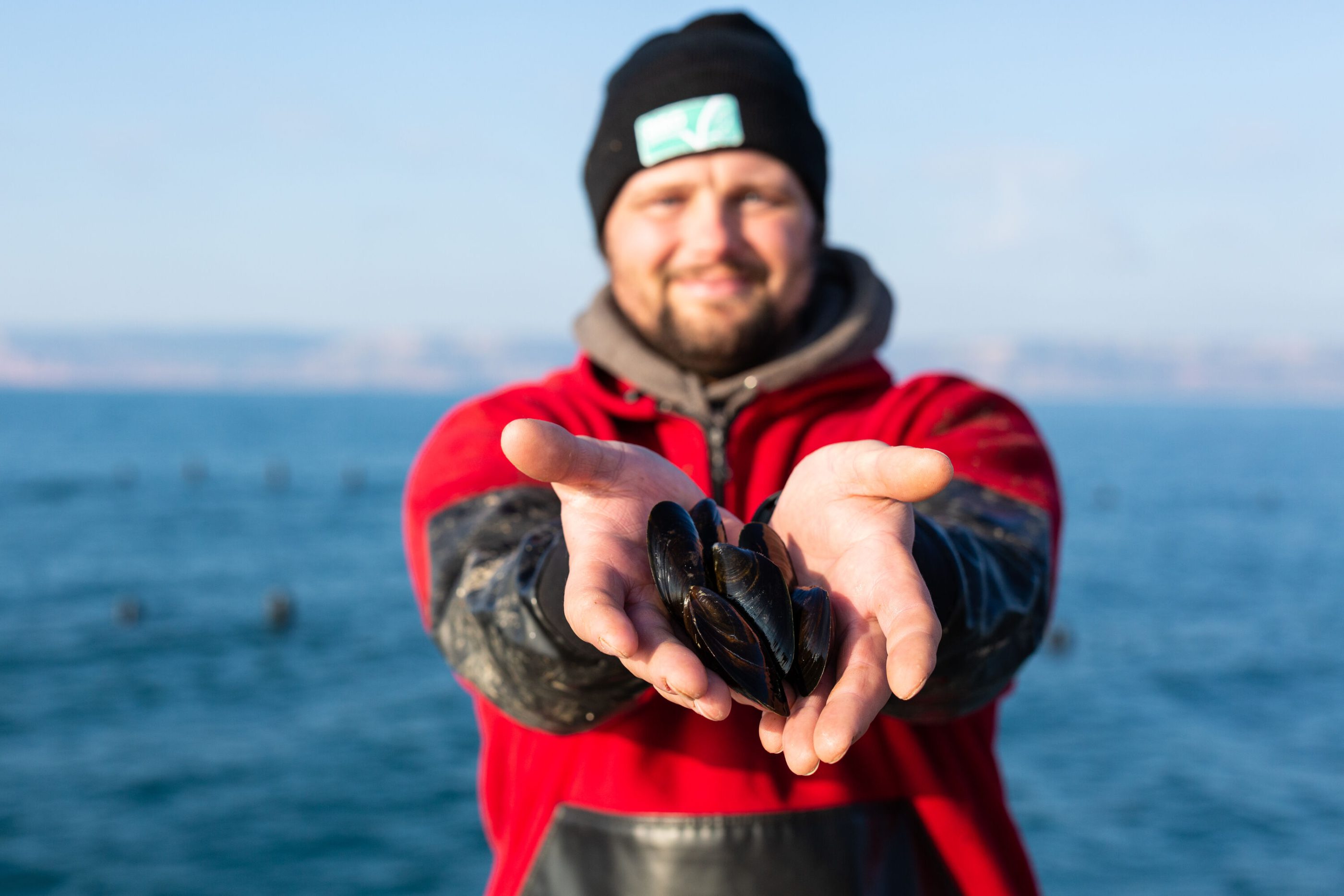
Adventures in data sharing – our project to integrate the world of certification
February 11, 2022
ASC has teamed up with Sustainable Fisheries Partnership (SFP) and Monterey Bay Aquarium’s Seafood Watch on a project that will better integrate aquaculture certification and ratings schemes. The project is funded by an ISEAL Innovations Fund grant supported by State Secretariat for Economic Affairs (SECO).
Here, ASC’s Jill Swasey and SFP’s Paul Bulcock share some of the things they’ve learned so far…
To be transparent or not to be transparent
Industries, markets, consumers and others rely on high quality assessments to provide critical information on the performance of aquaculture systems. However, searching for quality data to use in aquaculture assessments and to support sustainability claims can be daunting.
Several industries, most notably in the salmon sector, make this task easier by publicly providing key information on industry performance – often down to individual farm-level. Examples include Scotland’s Aquaculture in the UK, the BarentsWatch portal and Yggdrasil map in Norway, and the Global Salmon Initiative. Meanwhile, data and reports provided by Sernapesca and other authorities and organizations in Chile provide a similar function.
While these sources vary in their content, form, and scope, they all bring together data from multiple regulatory authorities and provide tangible evidence that the industry is being monitored. Through public reporting, they also provide information on a range of sustainability criteria, such as results of environmental monitoring, disease outbreaks, and often include associated enforcement and corrective actions.

This situation is in marked contrast to the shrimp and other sectors in major producing countries. These typically differ from salmon due to the dominance of smallholder producers, greater fragmentation and number of stakeholders within the supply chain, and shorter crop cycles. All of which lead to a situation where public information is often limited and scattered across multiple, fragmented sources.
Of course, there is an argument that when performance is less than optimal, increased transparency can be used to criticize the industry. But even in these cases greater transparency through public reporting provides confidence that the industry is being regularly monitored. As a result, key and emerging issues can be quickly identified and improvements introduced. Overall, greater transparency should be viewed as a crucial component of any aquaculture industry’s commitment to sustainability.
This relative lack of transparency outside of the salmon sector also presents those searching for aquaculture performance and sustainability indicators with a time-consuming search for information. Compounding this issue, researchers from different assessment organizations often search for the same information independently of one another.
ASC audits and digitalization to the rescue
ASC has long been a champion of greater transparency and continues to innovate in this area through its participation in the Certifications and Ratings Collaboration and its Sustainable Seafood Data Tool, as well as its monthly certification updates and the recently launched Aquaculture Stewardship Council Impacts Dashboard.
Due to the publication of certification reports of individual farm audits through its ‘Find a Farm’ search function, ASC has long been recognised as a valuable source of information on the performance of ASC-certified farms. However, these audits and the information they contain, were previously only available in pdf format and on a certification-by-certification basis. This meant that analysts needed to spend a considerable amount of time reviewing key information from multiple reports. The introduction of a new ASC digital farm audit approach has changed this dynamic.

Recognising an opportunity for data sharing, as part of our ISEAL Innovations Fund project Integration of seafood certification and jurisdictional assurance models, we mapped the data needs between project partners, all of which are committed to greater transparency and are members of the Certification and Ratings Collaboration.
Initial assessment found that direct data and information alignment across all the three schemes was low, primarily due to the varied geographic scales of the assessments (farm, province, and national); however, the greatest alignment was identified within the fields of feed, effluent, and health and disease.
The Data Mapping report stated that “where the data collected apply at different scales, there is the potential to build a more robust understanding of farm-level and industry contributions to cumulative impacts”. In other words, there was an opportunity to scale up farm level information from ASC audits to inform SFP and SFW assessments – two organizations that rely upon and score the availability of public information under their respective FishSource Aquaculture profiles and Seafood Watch reports.
The project ran with this finding and, with a focus on shrimp production, created a restricted access portal under Sharepoint[2] that consolidates key quantitative information from ASC audits for use by analysts from SFP and SFW.
Part two of this blog will follow next week. In the meantime, learn more about this important collaborative project.
- Jill Swasey is ASC’s Head of Monitoring & Evaluation. Paul Bulcock is SFP’s Aquaculture Information Manager.

[1] The Streamlining the path towards sustainability in the aquaculture industry is a project under the ISEAL Innovations Fund supported by State Secretariat for Economic Affairs (SECO).
[2] Sharepoint is Microsoft’s online file exchange part of Microsoft Teams.



